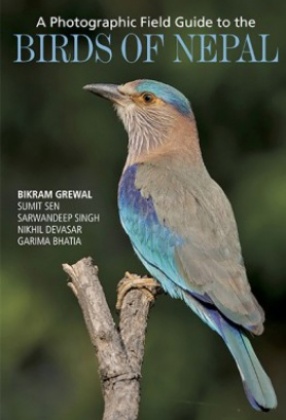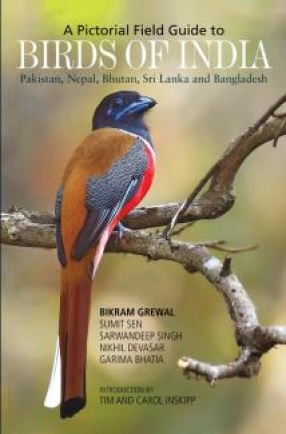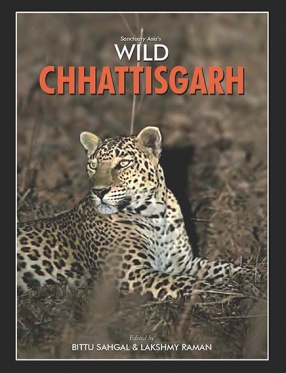The Sundarbans is the ultimate land of the tiger, a swamp forest so dense and well protected by nature that even centuries of determined effort by humans has failed to destroy it. Was the Sundarbans named after the Sundari tree, or is it the literal Bengali translation for beautiful forest? Can some fish here really climb trees? Is the reputation of the Sundarbans’ tiger as a man-eater justified? Scholars will debate its origins, poets will sing its praises and naturalists will documents its diversity. Meanwhile, another set of humans are concerning themselves with the future of the Sundarbans, the world’s largest mangrove forest. Will the mangroves and the animals that live here be able to survive the impact of global warming and climate change? Will poaching drive the tiger to extinction? Can something be done to save the Sundarbans? Nature is the found of human inspiration. Our music, art, history, cultures, religions and philosophies sprang from wild nature. From somewhere within us, we must find the wisdom, courage and strength to pass the ancient Sundarbans inheritance over, intact, to a generation of world citizens who might care for the Earth more effectively than we have done. The Sundarbans Inheritance is a photographic tribute to this wildlife haven and to the green warriors on both sides of the international border between India and Bangladesh, who live to protect raw nature.
The Sundarbans Inheritance
In stock
Free & Quick Delivery Worldwide
reviews
Bibliographic information
Title
The Sundarbans Inheritance
Author
Edition
1st ed.
Publisher
Sanctuary Asia, 2007
ISBN
8190317113, 9798190317114
Length
160p., Plates; Figures; 2 Maps; Glossary; Bibliography; Index; 26cm.
Subjects













There are no reviews yet.